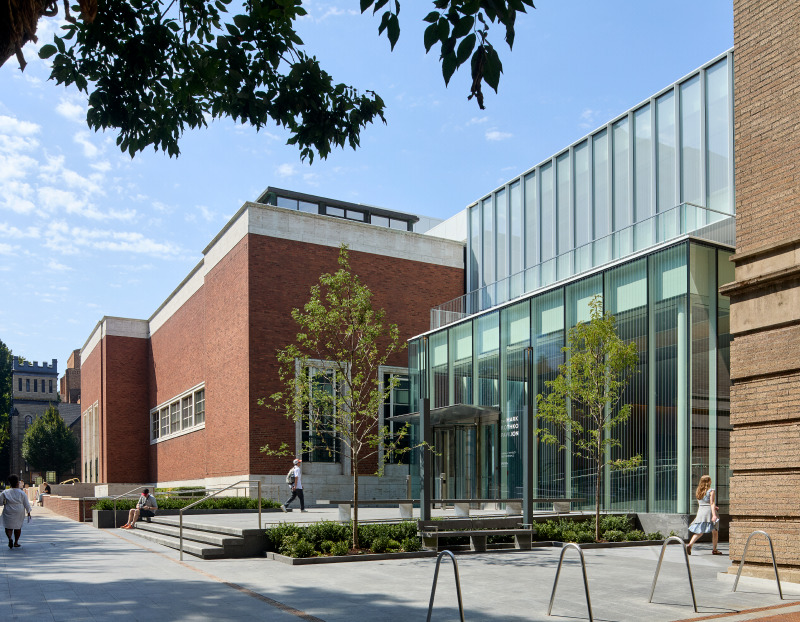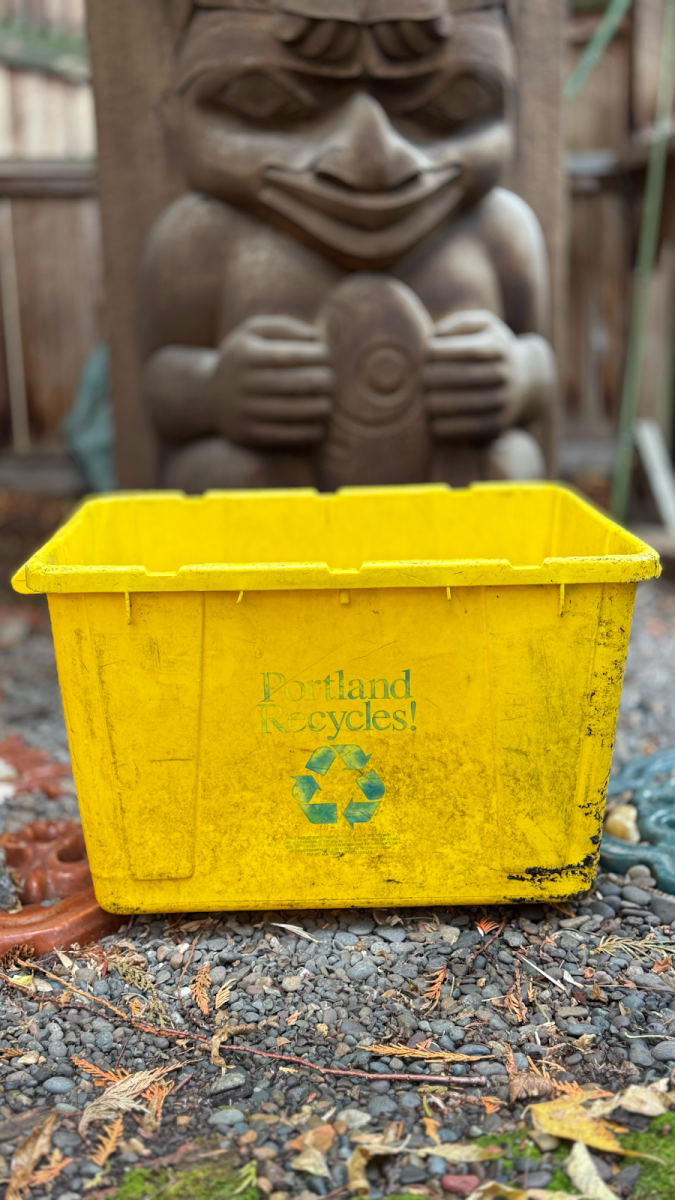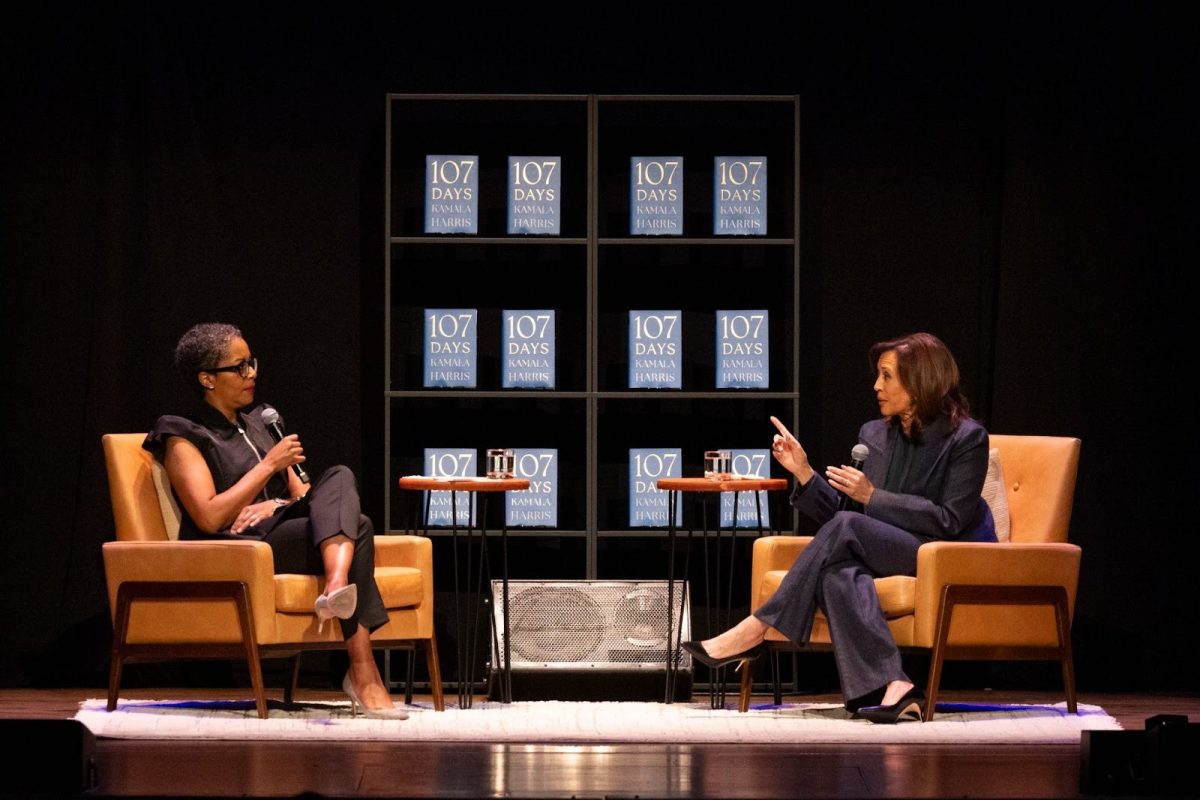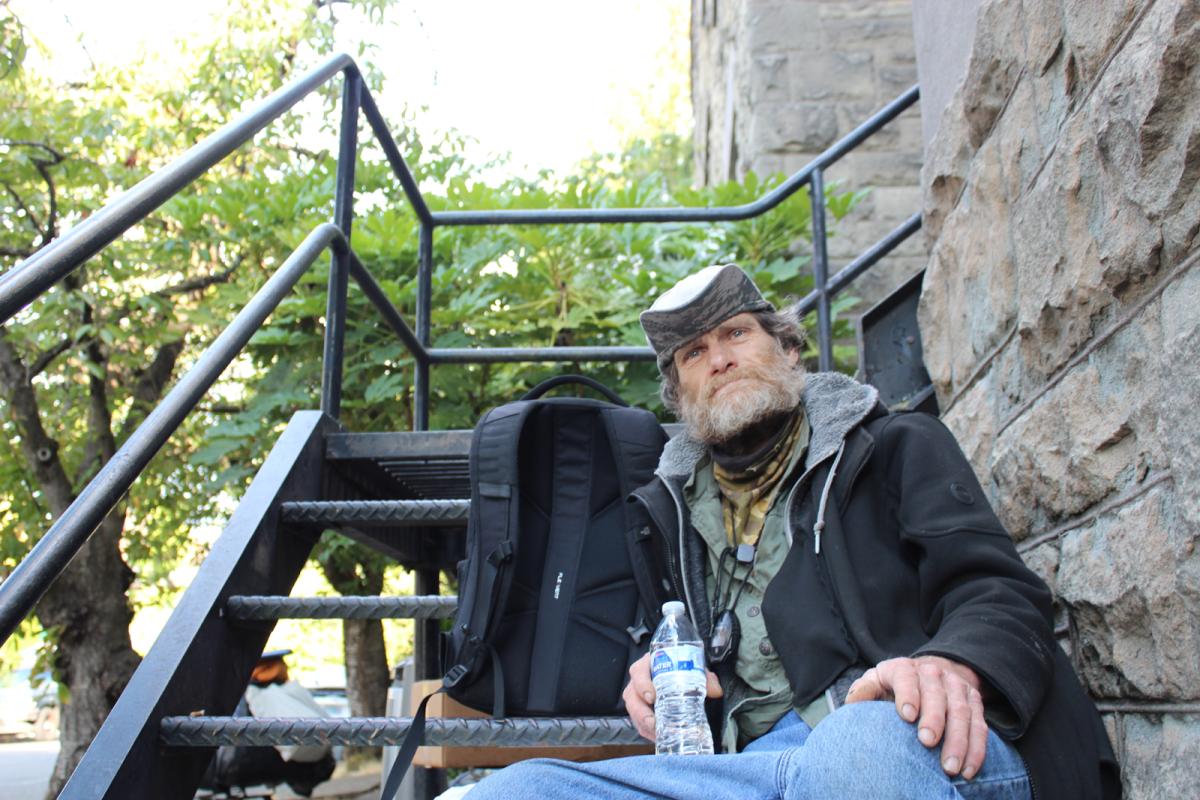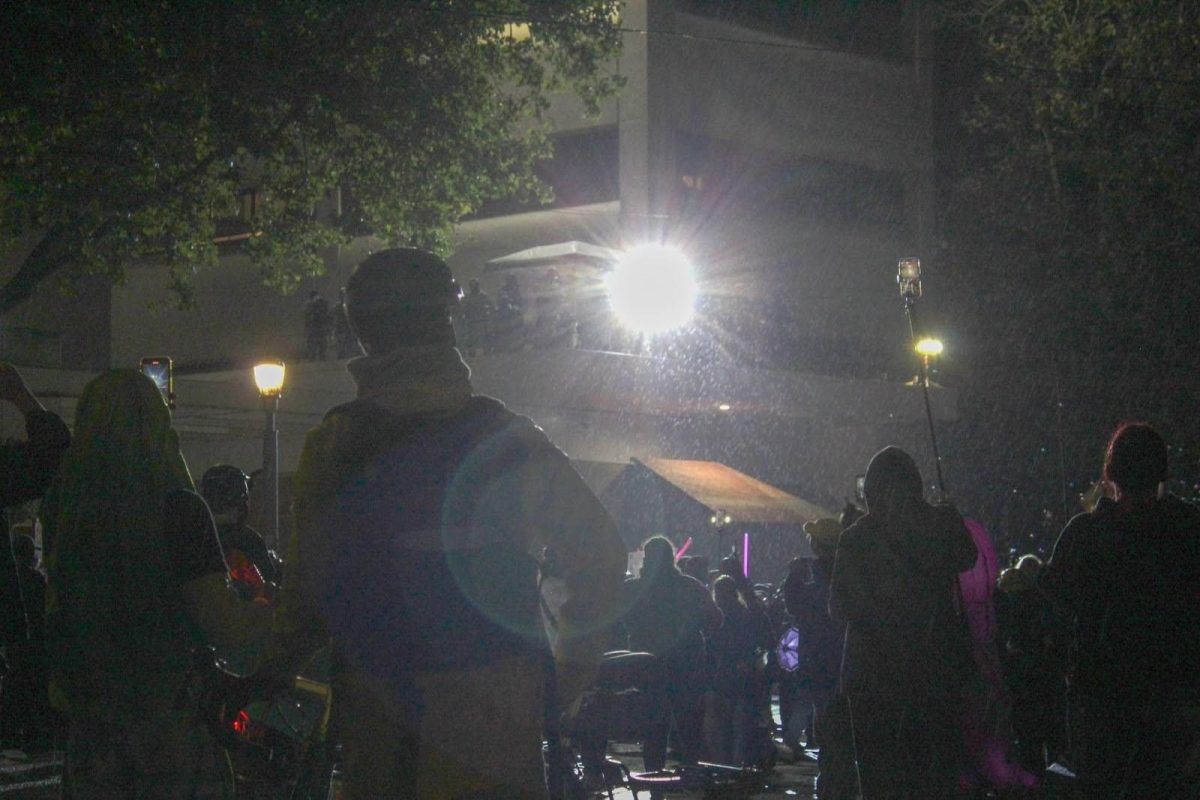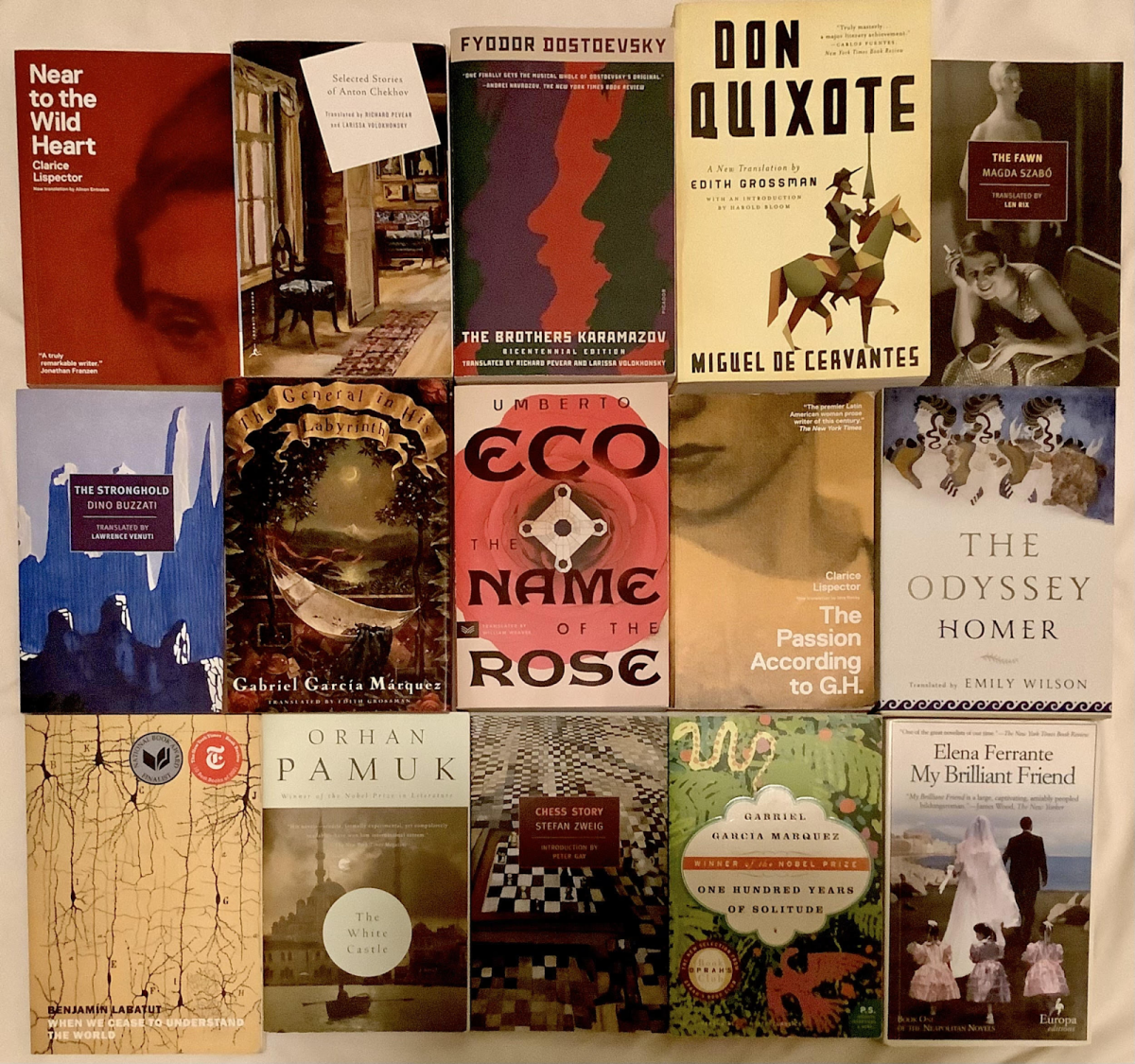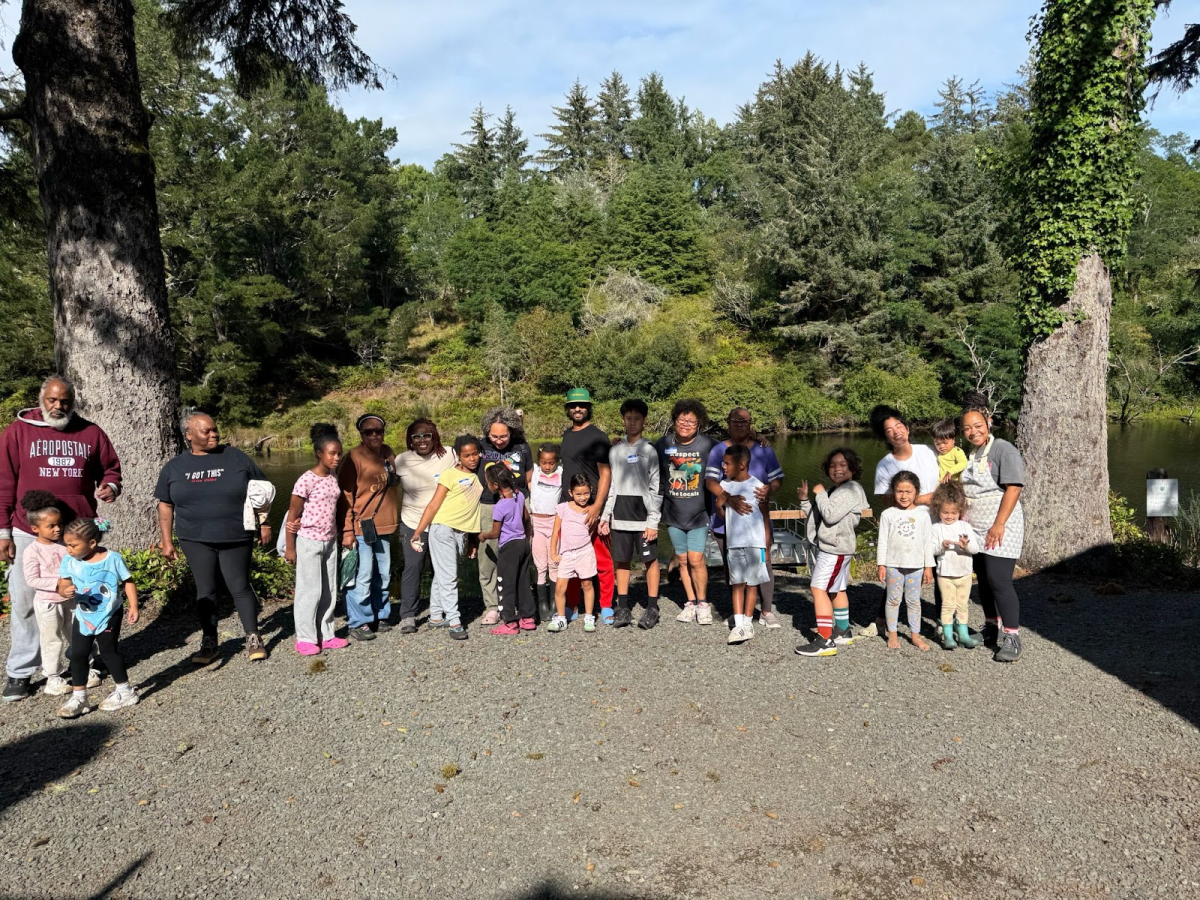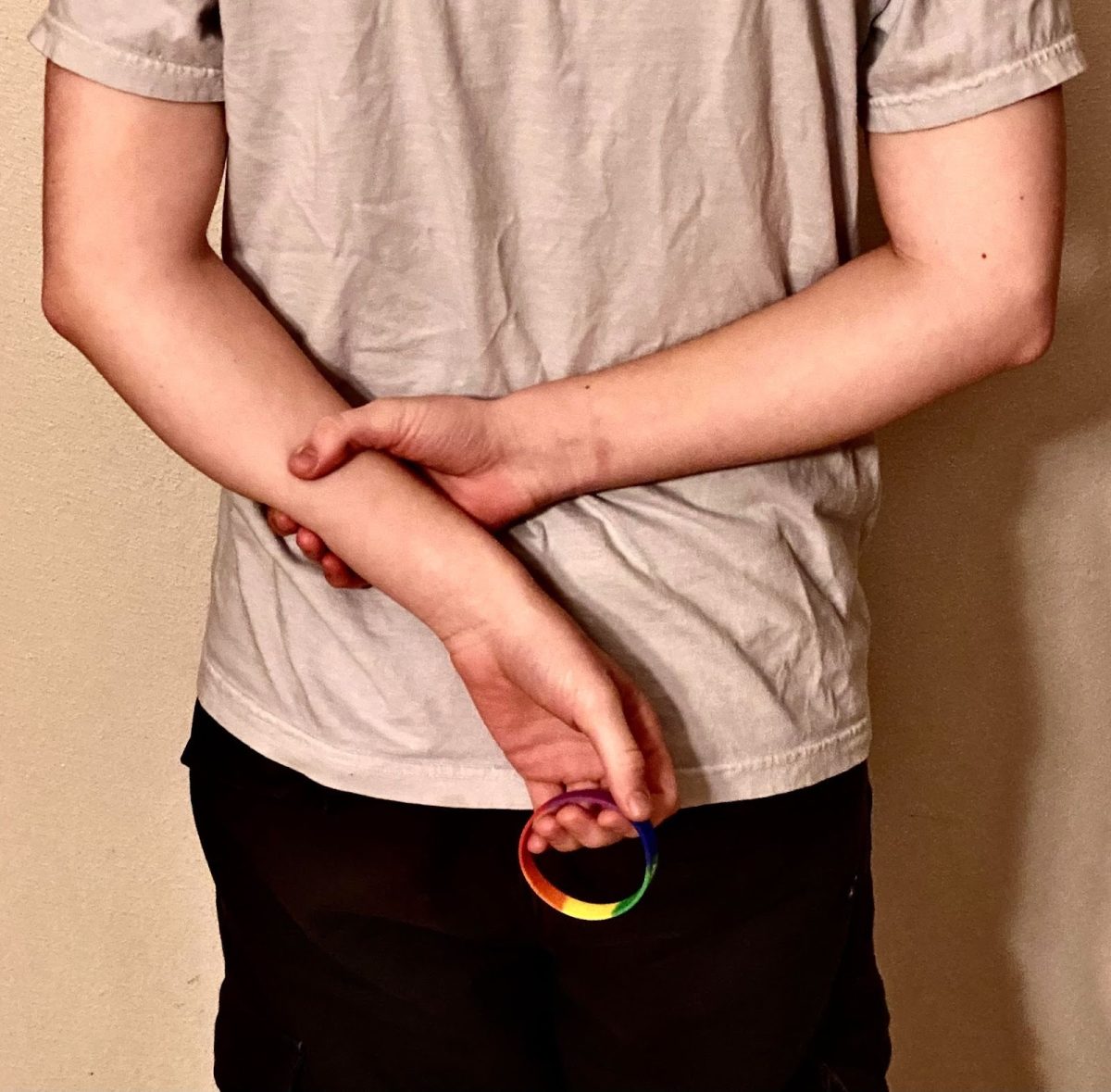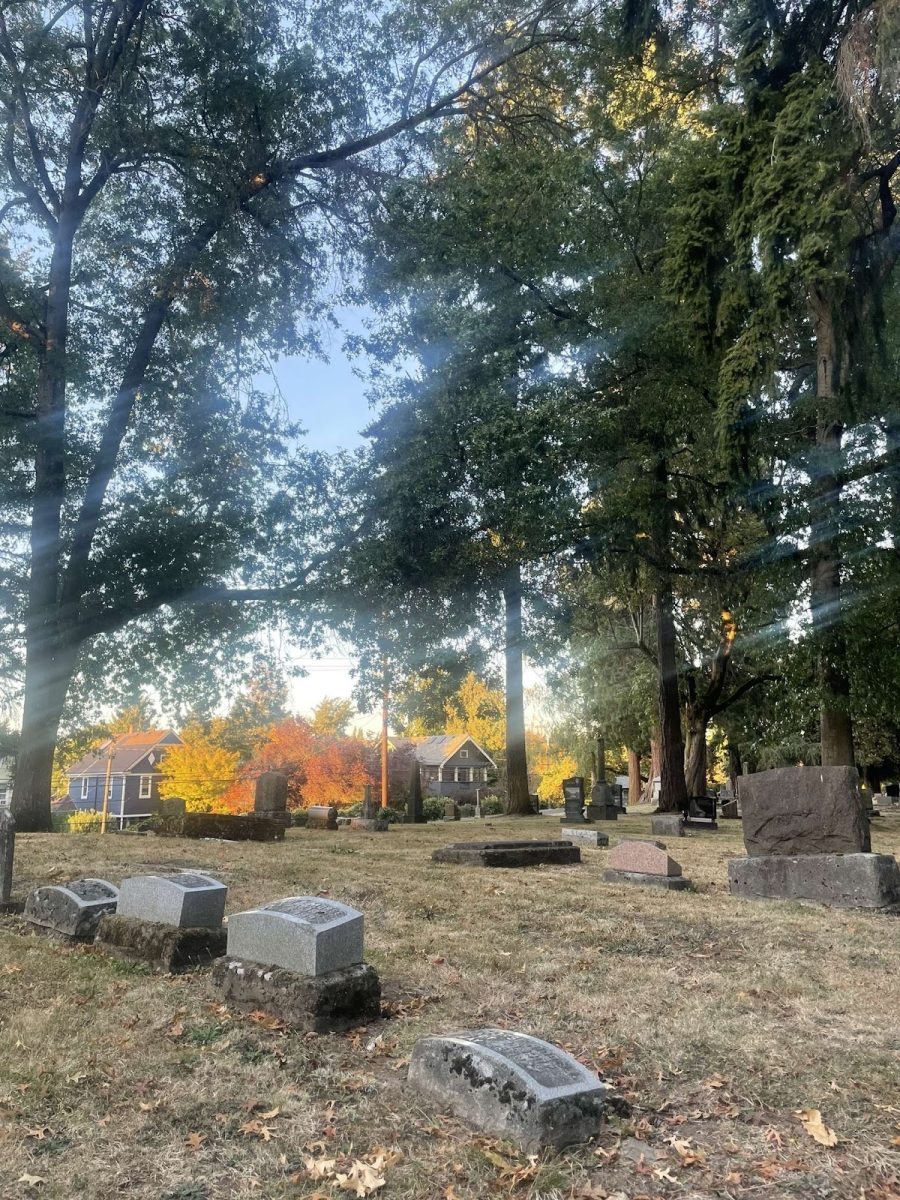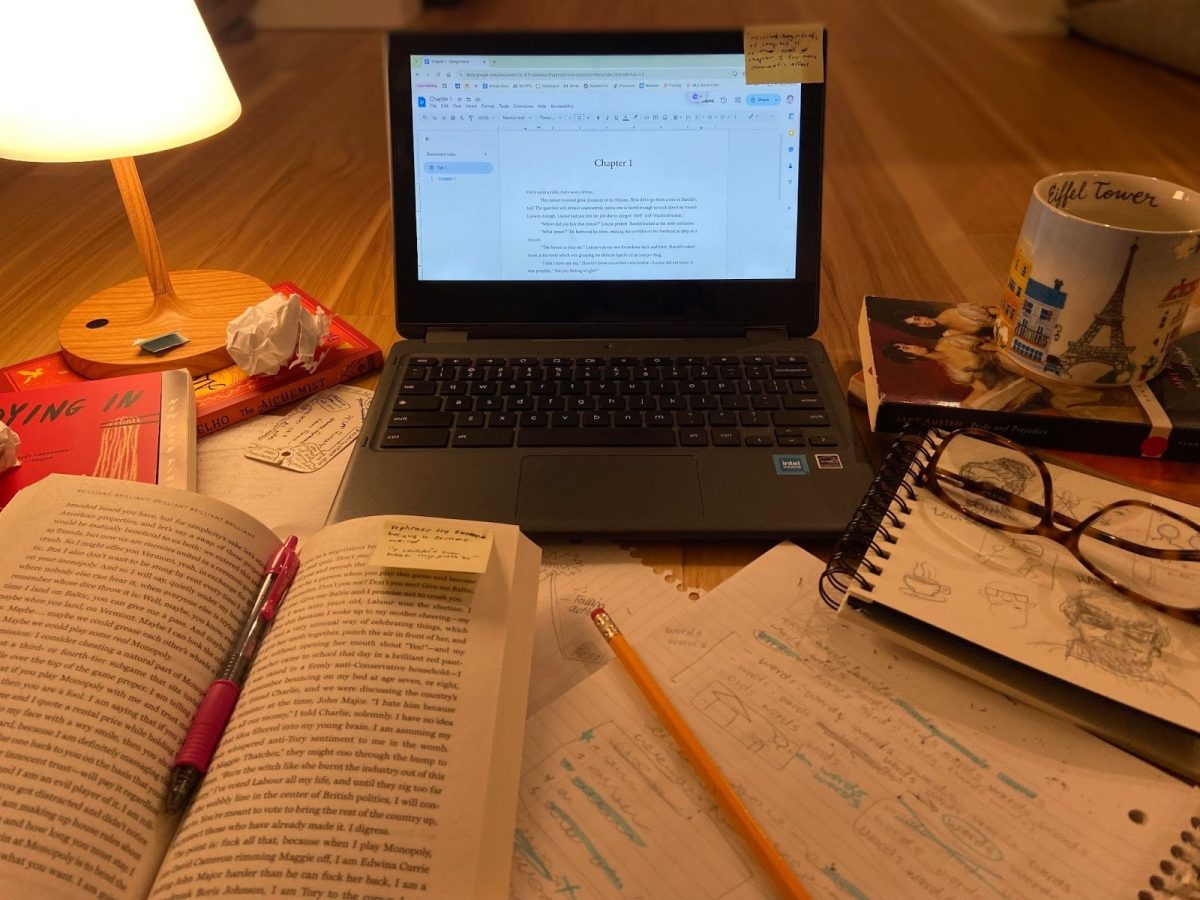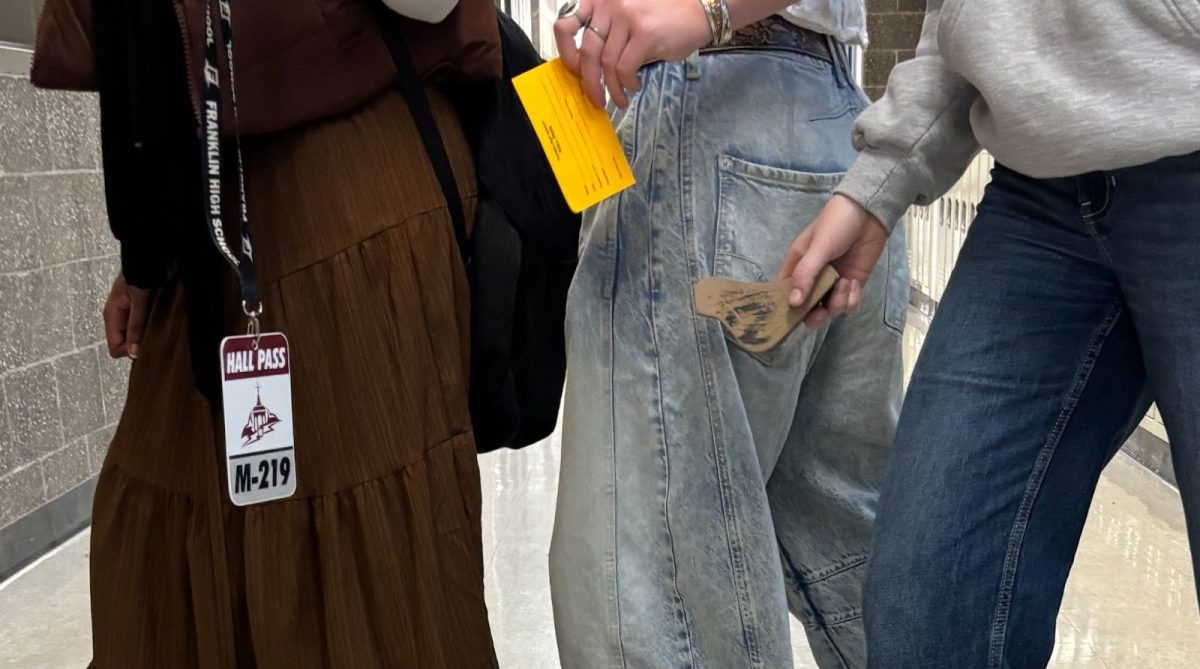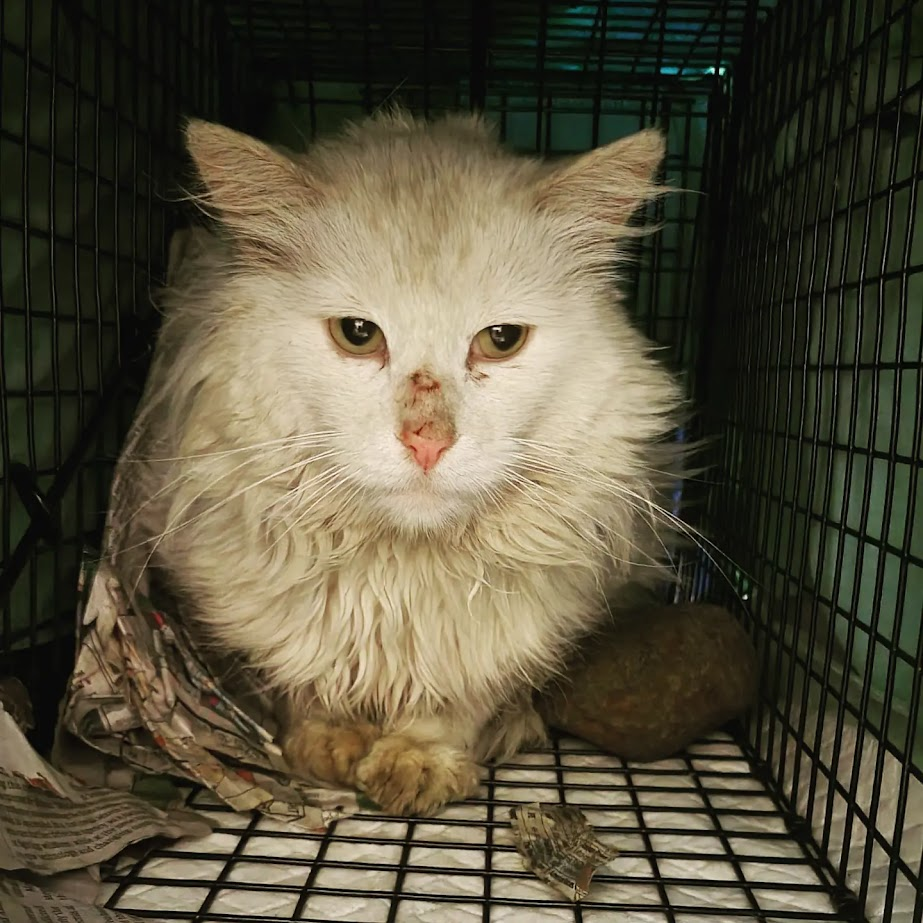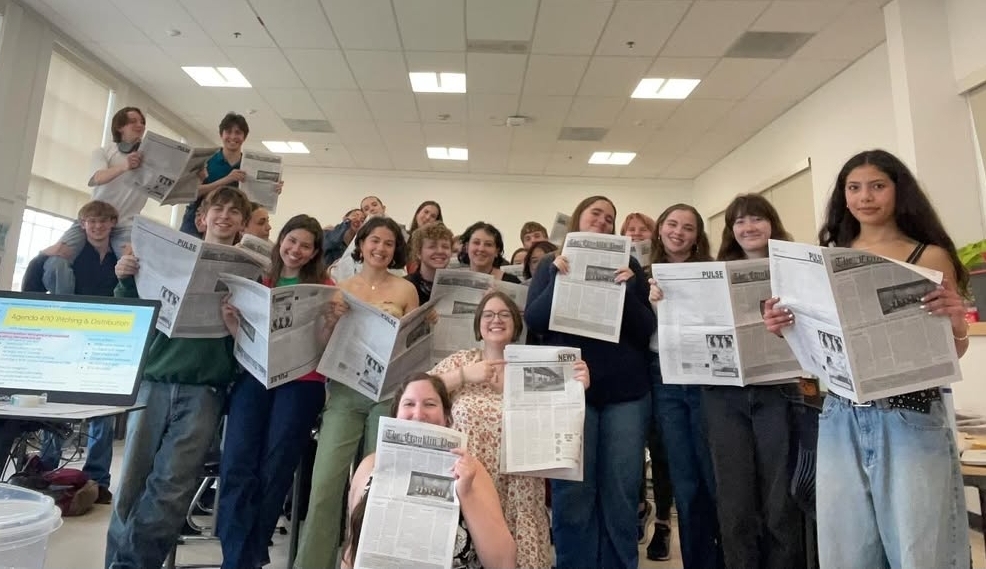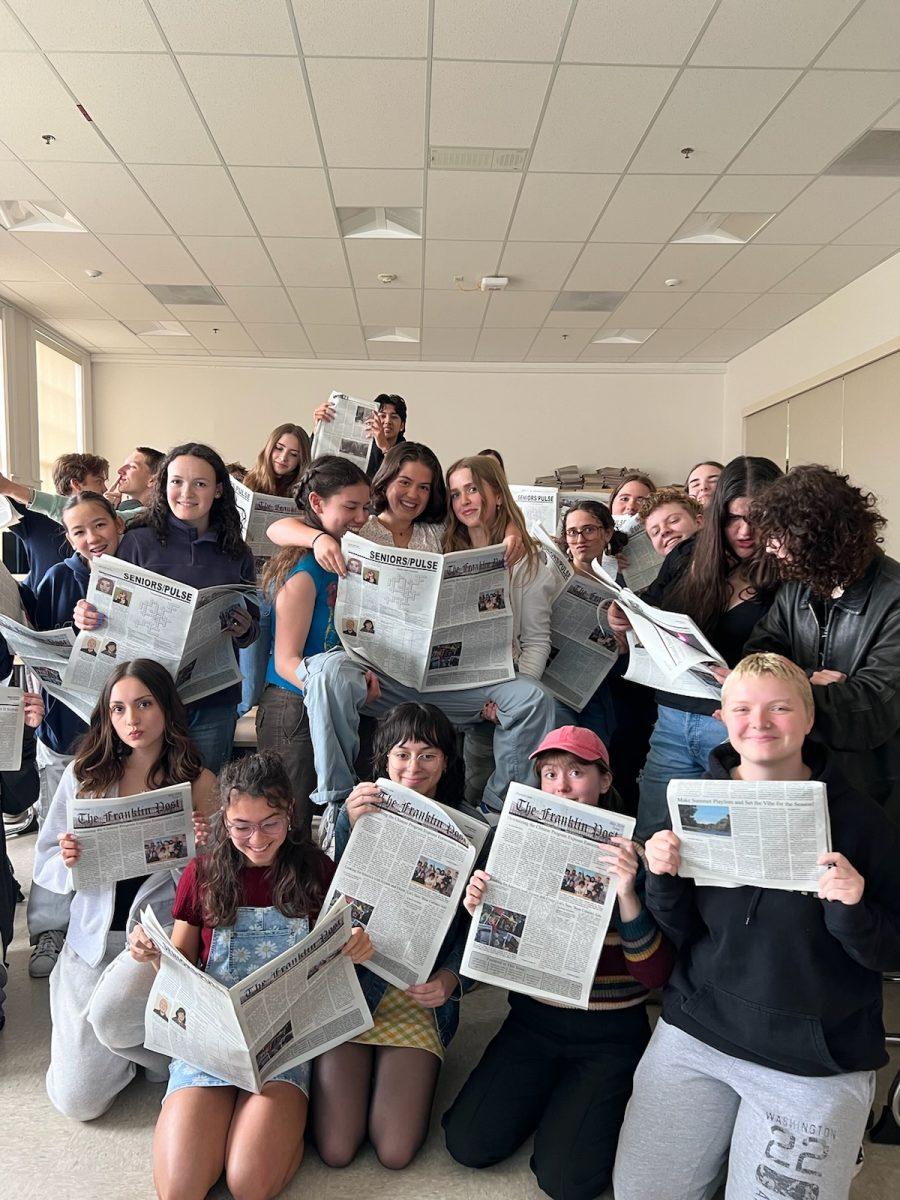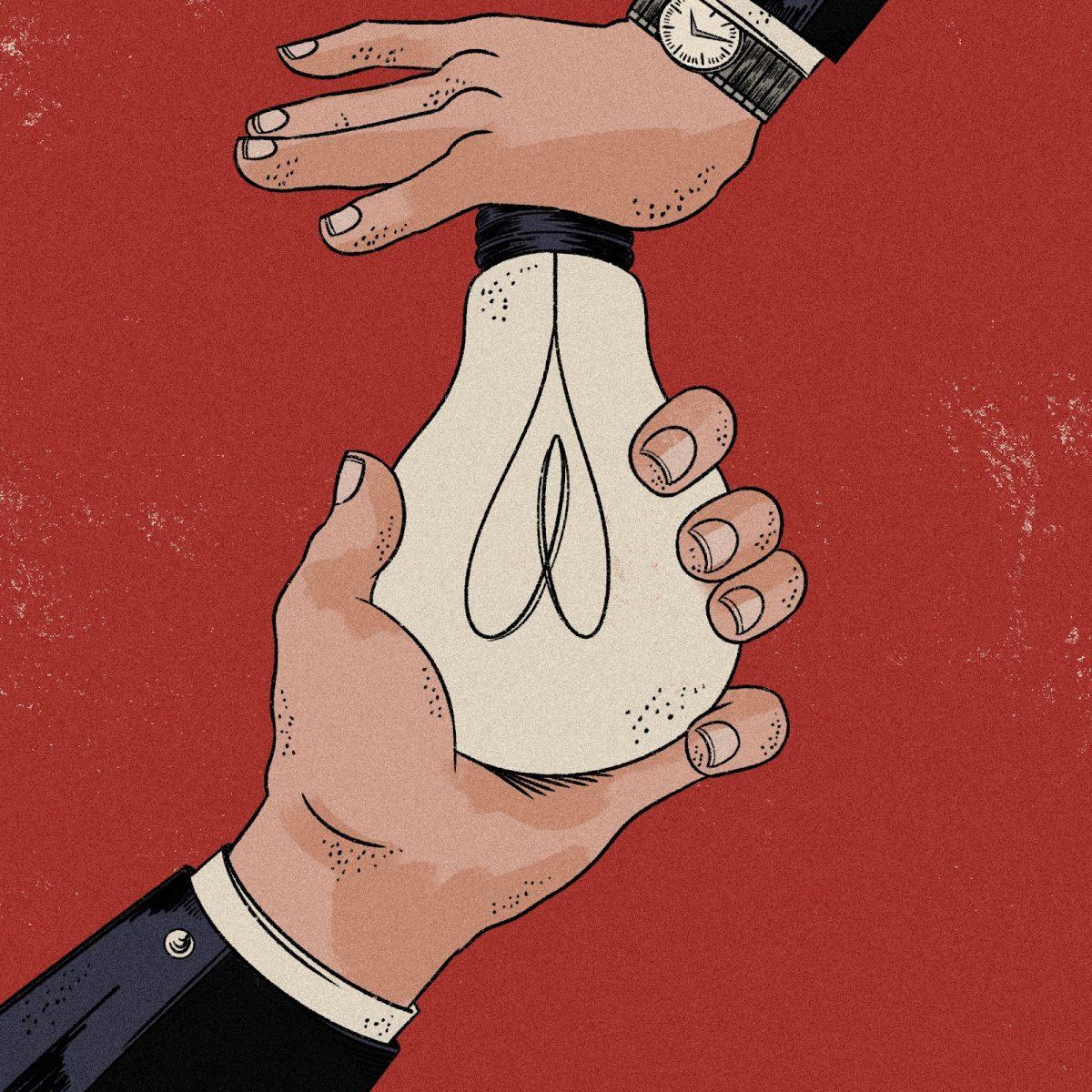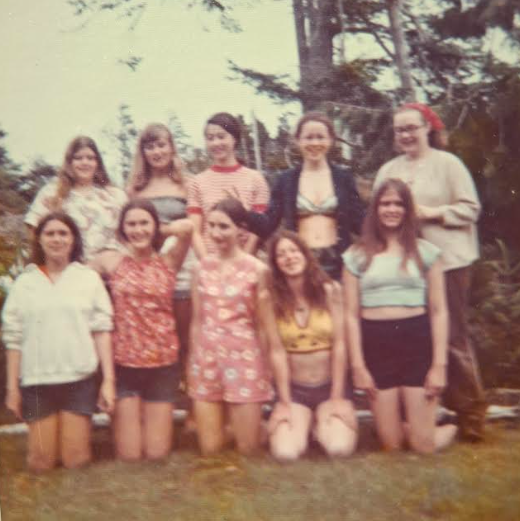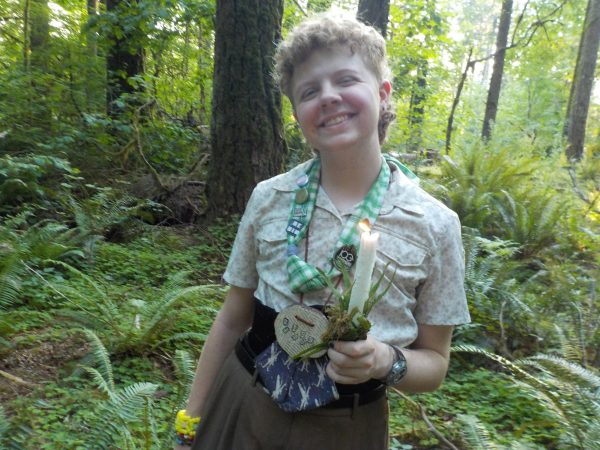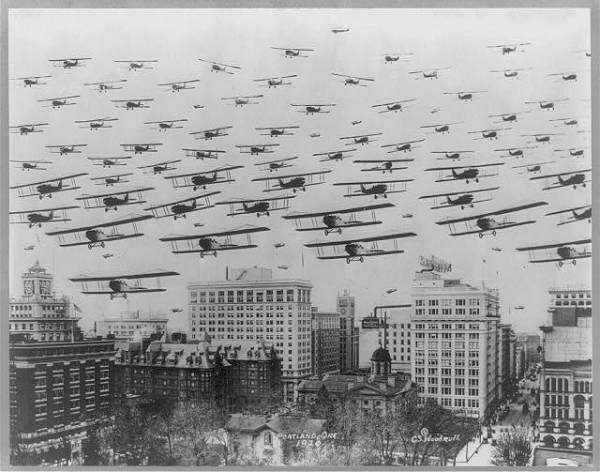
When studying history, one significant challenge is finding the stories you want to follow. It can be easy to focus on one or two subjects, but focusing on such few ideas limits the narrative to only those perspectives. To truly understand history is to pay attention to each person’s story, ideas, and opinions. On our journey into the 20th century, this issue of “A Brief History of Portland” will cover the impact of World War I on unions and explore the relationship between Prohibition and women’s rights.
Around 1885, Portland’s population sat at approximately 32,000; in 1915, this number had multiplied over sevenfold, resting at 232,000. According to Portland Monthly, this “[made] it the third-fastest-growing city in the nation.” As war approached, people of all different economic backgrounds recognized the possible benefits that war could bring, such as technological advancements and opportunities for underprivileged citizens, but some disagreed. This dispute would die with senator, activist for women’s suffrage, and previous Portland mayor Harry Lane, who, after voting against a proposal for the U.S. to join the war, “collapsed on the Senate floor,” according to Portland Monthly.
While the war in Europe raged on, the U.S. began to prepare. Portland Monthly reports that “Portland became an industrial force, with at least 33,000 people employed in shipbuilding, up from just over 4,000 half a decade before.” According to the Oregon Blue Book, Oregon’s state almanac and fact book, many workers were also lumberers, cutting down trees in lands that “the U.S. government had removed from the Siletz and Grand Ronde Indian Reservations and sold to timber companies.” During this time, the federal government established a division that aimed to cut trees for the war effort, known as the Spruce Production Division.
As demand grew, the government provided, forcing workers to labor around 55 hours a week in poor conditions. Angered by this, many workers joined the International Workers of the World (IWW) and went on strike. During this time, unions like the IWW were looked down upon nationwide. “The IWW also believed that part of organizing all of the working class is to ensure that everyone is welcome. This included women, people of color, homosexuals, etc., and this was extremely radical for its time,” says Eric, an IT analyst and “true labor nerd” whose in the IWW and is currently working with the American Federation of State, County and Municipal Employees (AFSCME). “Most people that joined were immigrants that weren’t being treated very well in society. Conservative America did not care for this, and the organization was demonized.”
Following the First World War came the first Red Scare that erupted following the outcome of the Bolshevik Revolution. The anti-communist and anti-union sentiments that came during this time were not only social but legal. Eric states, “In Washington, if you were found to simply possess an IWW union card, you would be sentenced to five years in prison.” These ideas were spread across the U.S., and during this time, IWW membership dropped significantly and did so again during the second Red Scare, also known as the McCarthy era of the 1940s and 50s. During the McCarthy era, IWW membership was as low as 100 people, according to Eric.
A large change brought on after World War I was the influx of legislation to be voted on. One initiative that Oregon’s politicians had was to define who should be allowed to stay in Oregon. One way they did this was by requiring all students to attend public schools, which attacked the Catholic communities settled in the state. Continuing this trend, they also banned religious attire in school. According to the Oregon Blue Book, they also permitted cities to deny business licenses to Japanese immigrants and passed a “law prohibiting ‘aliens ineligible for citizenship’ — especially Japanese immigrants — from purchasing or leasing land.”
Many other acts of violence and oppression litter Oregon’s past, such as the strong presence of the Ku Klux Klan in the 1920s. Japanese people faced extreme harassment and violence alongside Black Oregonians who dealt with sundown laws — laws that prohibited Black people from staying in towns past sundown — and practices that, according to the Oregon Blue Book, “restricted where they could live.” Indigenous residents faced racism as well; they were not allowed citizenship until 1924 and were forced to attend schools that didn’t permit them to use their languages, dress, or culture.
This is not to say that there wasn’t resistance; many groups created ethnicity-based towns to preserve their culture, such as Portland’s three Chinatowns. Japanese people created schools throughout Oregon, and “Black communities thrived with independent civic organizations, churches, and businesses, and they advocated for equality through such means as the ‘Advocate’ newspaper,” states the Oregon Blue Book. They also started the first branch of the National Association for the Advancement of Colored People (NAACP) in Portland and the first west of the Mississippi River in 1914.
Another group impacted by the legislature at the time was women. The first time women having the right to vote was on the ballot in Oregon was in 1884, and only 28% of people voted yes. The second time, in 1900, 48% voted in favor; the third time, it went down to 44%, then 39%, then 37%. Then, in 1912, it would finally pass with 61,265 voters in favor and 57,104 against. Only two years after this, the first woman elected to the Oregon House of Representatives was a Democrat, Marian B. Towne. The following year, 1915, the first woman elected to the Oregon Senate was Republican Kathryn Clarke.
Despite being separate issues, women’s rights and Prohibition often worked together. For years, Oregon lawmakers attempted to write laws that kept the liquor industry afloat while also trying to instill a “sense of decency,” according to an exhibit from the Oregon Historical Society by Amy E. Platt. Unfortunately, this didn’t work, and at the turn of the century, it was so common for men to drink constantly that it had become a public health concern. This forced the legislature’s hand, and in 1914, just two years after women gained the right to vote, a law that would be activated in 1916 was passed that enforced prohibition.
“Drinking didn’t stop, of course; it hid,” Platt states. Bootlegging was common, with people buying and distributing alcohol from Canada. Platt continues, “Enforcement agencies were able to slow the liquor flow with the same effectiveness as a finger in a leaky dam.” Oregon repealed Prohibition with the rest of the country in 1933, just under 100 years after its first prohibitory law — which forbade people from trading alcohol to Indigenous people after fur trappers used it to “[lubricate] trading relationships,” finishes Platt.
The idea of radicalization and what it means has shifted through the years; something so typical in the old days would be conservative now, and something radically unheard of in the old days could be normal now. While we continue to move forward into uncharted territory, we should continue to study the past and reflect on what it says about us. History replicates itself repeatedly, and it’s essential to watch for continuities of the past without getting stuck there.

